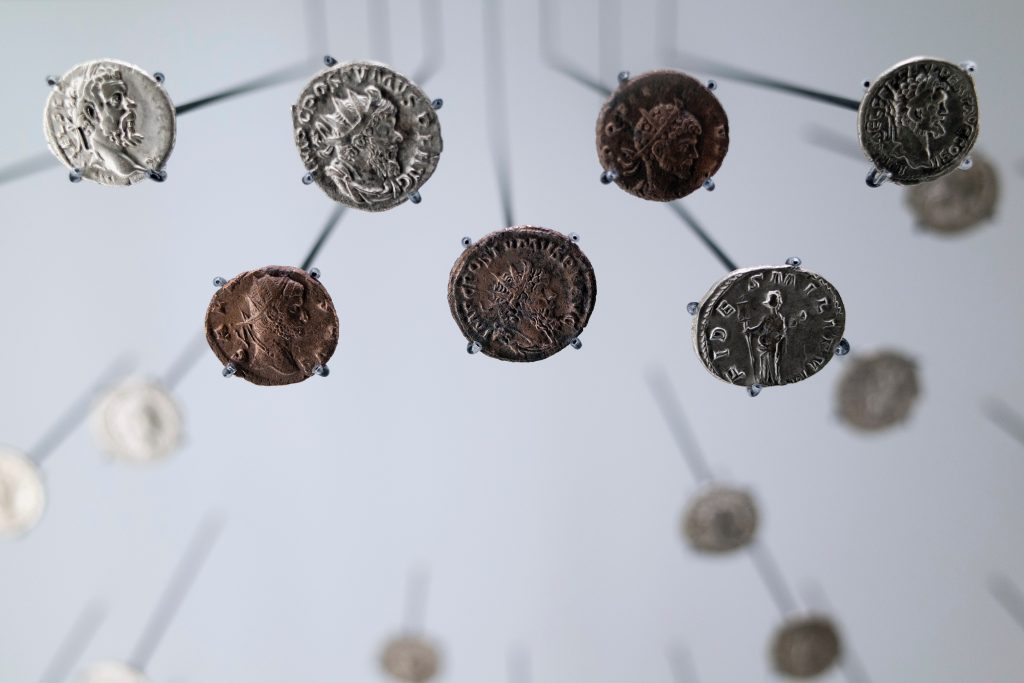

Tom Noyes is a serial entrepreneur and industry thought leader with 20+ years of experience in banking, payments, ecommerce, data science, and product innovation.
We are excited to have him on our Advisory Board.
Today, Tom is CEO of Commerce Signals, which connects financial institutions, payment networks, and merchants with marketers, media agencies, and publishers in order to facilitate better sales strategies while protecting consumer privacy.
As a former senior executive with Starpoint LLP, Citibank, Oracle, Gartner Group, and various startups, his global perspectives and new ventures focus on what’s coming next, for both consumers and Fortune 100 companies. He is also frequent guest on CNN, Fox, and ABC.
So, let’s learn more Tom…
What makes you excited about Causam eXchange? What led you to get involved as an Advisory Board member?
My top criteria for getting involved with any company revolve around two factors:
Are the markets which it operates opaque, and does the industry poorly serve customers?
The energy sector has both of these problems, and also happens to be an enormous market, exceeding trillions of dollars in global transactions each year.
EnergyNet quite simply allows market forces, creating vast new opportunities for innovation and efficiency. In regulated energy markets, PUCs limit consumer choice and stifle competition. In deregulated or open markets, things are better, but the process of matching supply and demand is fundamentally broken, because of the limited number of participants (in the market mechanism), the product exchanged and the speed at which supply and demand interact. In other words, deregulated have vast opportunities for improvement.
For example, there are tens of millions of smart meters installed and a booming Internet of Things (IoT) market, the grid is full of information on demand and supply but this information does not make its way to the market. The future energy market will have more participants, more data, and more intermediaries (for example a Bloomberg terminal for the financial sector). That is, the greater accessibility to more sources of energy data that will improve consumer choices, offering lower costs and reduced environmental impacts.
Unfortunately, today much of that electricity use data comes in great quantities from 15-second meter reads and goes nowhere, thereby having very little influence on decisions around electricity use and purchase. It’s not yet action-oriented. But it will be.
Curtailment will function like new generation, with transparent clearing prices for things like demand response or energy storage, as well as conventional power supplies. In parallel, transactions will go from big, less frequent, and clumpy to small, more frequent, and adaptive to constantly changing and available market data.
Causam eXchange possesses unbelievable power to facilitate a whole new set of customer experiences in a grid that is cleaner, connected, and digital.
In your current role as CEO of Commerce Signals, what do you see as the top 2-3 changes occurring in FinTech, payments, and financial settlements today? How do these relate to Causam eXchange’s ability to advance electricity market innovation?
Well, payments often do work well. Nobody leaves the “store” with merchandise without paying in some form.
The problem is the data that goes along with these payments. It’s often lacking or disaggregated.
If an alien were to visit Earth and examine how Visa and Mastercard work, they would scratch their head. (For more reasons than one…Wait, do they have a head?)
Thousands of businesses invest in systems, software, hardware, card issuers, and service providers to make this model work. But their genius was in creating standards, a set of operating rules, to define how data should flow in order to allow net settlement at the end of each day.
That’s what Causam eXchange is doing. They are setting standards and operating rules for how payments can be settled between thousands of entities that could be buying and selling electricity. Moreover, since most generators cannot get their bills paid for 90-120 days, Causam’s solutions for much faster settlement can be game-changing.
In the payment sector more broadly, transacting entities used to just be the large banks. But take a look at any summary of capital invested in the FinTech sector lately, and you’ll see that this is evolving in a big way.
The same is true for the power sector. Today’s large, centralized generators are like those big banks who controlled most payments, like an oligopoly of sorts.
Or consider that cash used to be king, but today many people carry around almost no bills, instead relying on credit cards. I mean, you can even order your specific Starbucks coffee ahead of time, and automate dozens of other user-specific transactions that used to be so slow and burdensome in yesterday’s world of financial settlements. The same will be true for energy settlements, and payments via new mechanisms will take off.
Causam’s technology is also important because it helps all the counterparties know each other, and to transact in a transparent, secure process that relies on power trades at a defined cost in smart contracts powered by an ethereum blockchain.
You’ve worked with many 800-pound gorillas — Google, Amazon, American Express, Verizon, Mastercard, Barclays, Oracle, and Citi. How do you see these giants winning, partnering, or being disrupted by new companies like Causam eXchange re: financial settlement advancements in the power sector?
I worry less about disruption, and instead think more about which of these big players wins, and, therefore, is excited to partner with Causam.
Banks like to work in sectors where there are large flows of funds. As such, energy is a very attractive market, with billions of dollars moving around each month.
New data sets and better messaging abilities are required for this to happen. And Causam eXchange makes it easier for more of these banks and other financial institutions to get a seat at the table and play a role in managing these payments.
Given your 20+ years of experience in banking, payments, software development, venture finance, consumer marketing, product innovation and consumer sales, how do you see Causam eXchange enabling a power grid that is more renewable, distributed, and secure?
Networks that combine energy data with financial settlements and the ability to exchange funds are key for innovation in the power sector. Data has to flow with the payment, and Causam enables that.
I would also highlight that trends in IoT and the connected house. (“Alexa? Hello, are you there? Please run my life for me.”) It all relies on internet connectivity and a constantly rising bar for cybersecurity. Each device should be sharing data in an open manner to multiple parties in order to optimize the use and curtailment of power, especially when this occurs for aggregated sets of devices.
But these smart home and smart city innovations often rely on different protocols, and hence, cannot talk to each other.
So, whether it’s solar on top of a roof, curtailment to reduce power use at peak times, or smarter appliances, there is a need for a system like Causam eXchange that helps match power options (both supply and demand reduction) with consumers’ willingness to pay for new options.
With more than 70% of US consumers typically saying they prefer to buy clean and renewable power, this is a chance for them (and all of us) to put those preferences into action.
